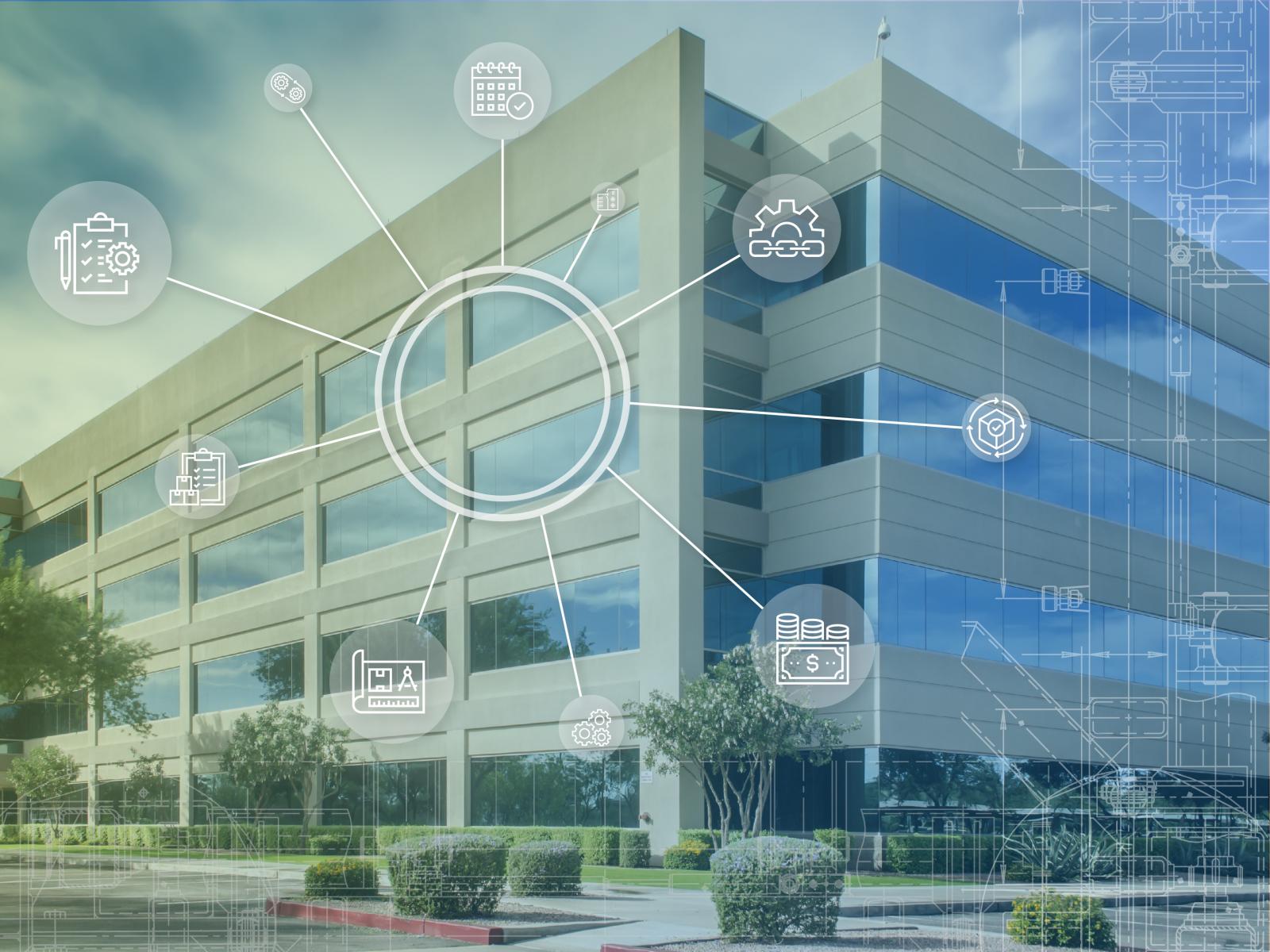- Best Practices for Equipment O&M
-
O&M Best Practice Issue Discussions
- Advanced Maintenance Approach: Reliability Centered Maintenance
- Applying Key Performance Indicators
- Comprehensive O&M Program
- Contract Challenges and Improvements
- Cybersecurity for O&M Systems
- Existing Building Commissioning Procurement
- Healthy Building O&M
- Integrating and Analyzing Building Information to Support O&M
- Maintenance Approaches
- OMETA: An Integrated Approach to Operations, Maintenance, Engineering, Training, and Administration
- Prioritizing O&M Actions
- Re-tuning Buildings
- Tools
- Glossary
O&M Best Practices
Operations and Maintenance in Federal Facilities
The Federal Energy Management Program’s (FEMP's) operations and maintenance (O&M) resources provide federal agencies technology- and management-focused guidance that can improve energy and water efficiency and assure safer and more reliable operations.

Composite image by Kelly Machart | Pacific Northwest National Laboratory